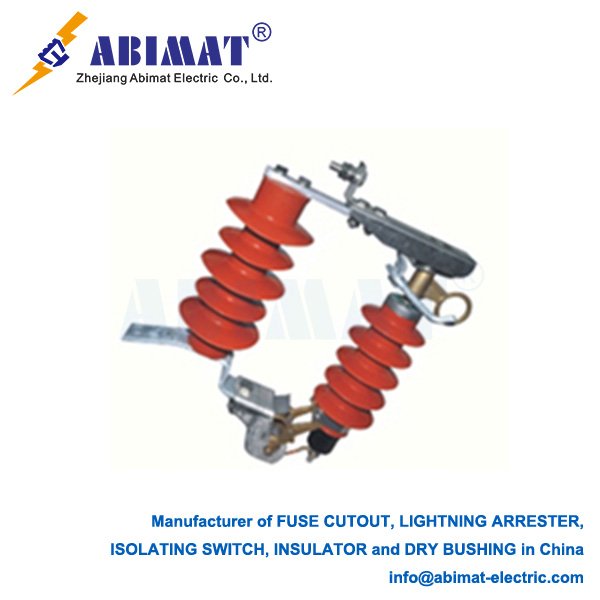Composite Pin Insulators for Overhead Distribution Systems
Composite pin insulators play a key role in modern overhead power lines. They take the place of old porcelain units with advanced polymer designs. They work better in harsh environments. They also cut down on maintenance costs.
These insulators have three connected layers. The fiberglass epoxy rod is the core that bears the load. It has a tensile strength over 100 kN. It resists breaking suddenly. The silicone rubber housing acts as a weather-resistant cover. It repels water, which helps it shed dirt and grime. The metal end fittings are forged steel caps. They are crimped to the rod with more than 120 tons of pressure. They are sealed to keep moisture from getting in.
They have several big performance advantages. They are light—only 2–4 kg. Porcelain ones weigh 8–12 kg. This light weight cuts installation time by 40%. It also means the poles do not need to be as strong. They handle pollution well. In coastal or salt-fog areas, they keep a Basic Impulse Level over 150 kV. That is twice what porcelain can do. They stand up to vandalism. The elastic housing can take gunshot impacts. It passes IEC 62217 ballistic tests. They help stop flashovers. Their ability to repel water keeps leakage current below 5 mA at 15 kV, even when very dirty.
They have standard voltage ratings. For distribution, these are 15–36 kV. They follow ANSI 55-5 and 55-6. They can handle strong mechanical loads—at least 12,000 lb. They meet ANSI Class 55-5 minimum failing load. The creepage distance is 432–890 mm. It depends on the pollution level, following IEC 60815. They work in a wide range of temperatures—from -50°C to +80°C. They do not get brittle.

Rigorous testing shows they are good quality. They stay stable under UV light. After 5,000 hours of accelerated weathering (following ASTM G154), their hardness changes by less than 5%. Their seals hold up. They pass a 96-hour boiling water test without losing dielectric strength. The end fittings resist rust. They survive 1,000 hours of salt-spray exposure, as per ASTM B117. They also last electrically. They handle 100,000 flashover cycles at 1.2× rated voltage.
Field failure rates are under 3%. Most failures come from a few problems. One is rod brittleness. Acid-resistant glass fibers (with pH over 4.5) fix this. Interface erosion is controlled with triple-sealing: an EPDM gasket, mastic, and overmold. UV damage is reduced by ATH-filled silicone rubber.
Torque limits are important. For 15 kV class, 35–45 N·m stops the core from cracking. In polluted areas, position them at a 15°–30° angle. This helps them clean themselves when very dirty. For checking damage, annual drone checks find cracked sheds or corona rings.
Abimat Composite Pin Insulators meet ANSI C29.16, IEC 61952, and IEEE 1523 standards. They last over 40 years. Porcelain ones last 25 years. Regular washing helps. Now, 75% of new North American distribution lines use composite pin insulators. They are tough, need less maintenance, and save 30–50% in lifecycle costs compared to porcelain.


